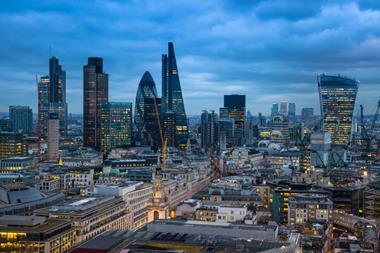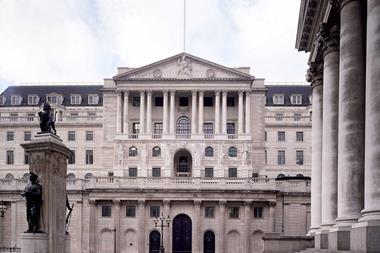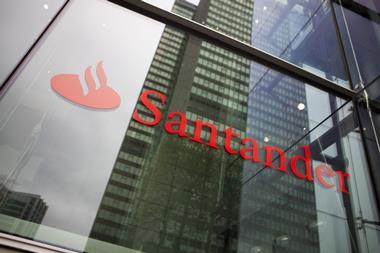Royal Bank of Scotland (RBS) has agreed to pay up to £3.5bn (€4bn) to its UK pension scheme to plug the deficit and allow the fund to operate on a self-sufficient basis.
The changes to £45bn defined benefit (DB) scheme would also allow the company to pay dividends or otherwise distribute cash to shareholders for the first time since before it was bailed out by the UK government.
“Subject to normal market conditions, the trustee and RBS’s central expectation is that no further deficit contributions to the main scheme will be required,” the bank said in a statement today.
The scheme, in turn, would run a lower-risk long-term investment strategy by gradually reducing its exposure to listed equities and “increasing its exposure to assets that give a greater certainty over cash flows, while continuing to develop its comprehensive interest rate and inflation hedging strategy”.
“The outcome,” added RBS, “will be an investment portfolio that targets a lower, more stable return, increasing security for members and posing less risk to the RBS Group.”
Under the agreement reached with the trustees, RBS will pay £2bn in the second half of this year. It will also pay up to £1.5bn in aggregate from 2020 in the event that it distributes cash to shareholders. This could include ordinary dividends, special dividends or share buybacks.
RBS said it intended to pay the scheme “an amount equal to each such distribution”, subject to an annual cap on contributions of £500m and until the £1.5bn had been paid.
The UK’s Pensions Regulator has repeatedly called for employers to strike a balance between the money distributed to shareholders through dividends and contributions made to reduce DB scheme deficits.
As at 31 December 2015, the pension fund, which has been closed to new members for more than 10 years, had a deficit of £5.9bn. The bank made a £4.2bn contribution to the fund in March 2016, which was estimated to have bumped up the funding ratio to 99% as at the end of 2016, according to the fund’s latest annual report.
Ewen Stevenson, chief financial officer of Royal Bank of Scotland, said: “With these proposed payments, together with the one-off contribution into the fund in Q1 2016 we will have substantially addressed the historical funding weakness that existed in the fund and brought clarity to future funding arrangements.
“For our shareholders, this [agreement] represents a further important milestone towards the resumption of capital distributions.”
Ring-fencing decision
The new funding contributions were agreed with trustees in a deal intended to pave the way for a restructuring required under UK law and to constitute the settlement required for the latest triennial valuation.
This was brought forward from the end of December 2018 given that discussions between the employer and the trustees were already underway in connection with the restructuring required under ring-fencing legislation for UK banks.
This, according to RBS, would entail a loss of employer covenant because certain RBS entities currently supporting the DB scheme would cease to do so.
RBS decided that its main DB scheme would be sponsored by its ring-fenced business, which does not include the investment banking arm. By the end of March next year, the investment bank Royal Bank of Scotland plc – to be renamed NatWest Markets – and another entity would no longer be participating employers in the main DB pension fund and their liabilities would have been assigned to National Westminster Bank, RBS said.
Employees within these entities would be transferred to new sections of the RBS group pension fund that would sit outside the ring-fenced bank.
Earlier this year Barclays was criticised for its plan to link its DB fund to its investment banking arm.













No comments yet